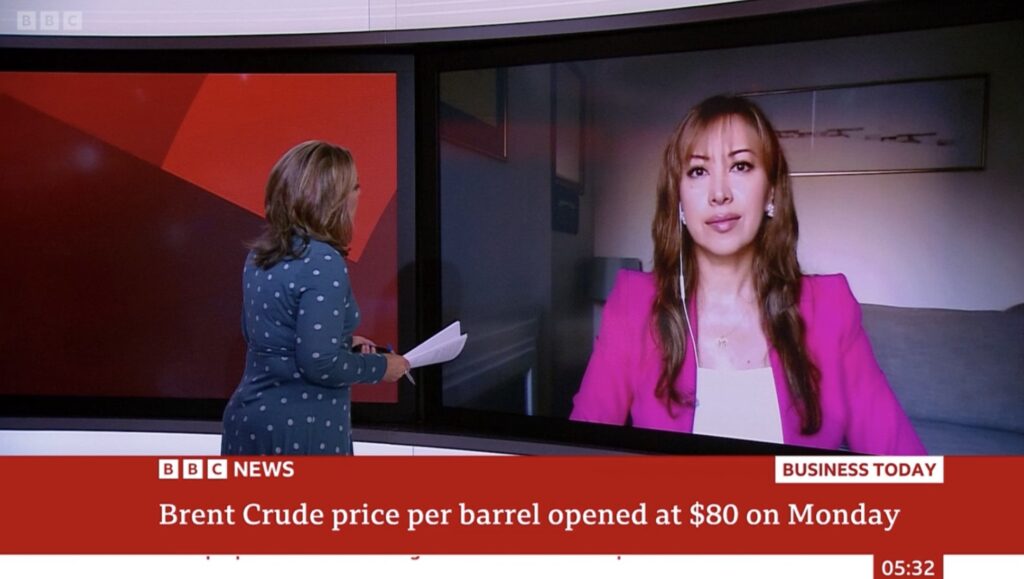Christof Rühl, member of the Advisory Board of Crystol Energy and a Senior Fellow at the Center on Global Energy Policy at Columbia University, discusses the latest global macroeconomic developments and energy markets in this weekly interview to the Gulf Intelligence.
Demand is not as strong as had been predicted by many analysts – it’s still not quite back to where it was 2019. The decline in demand year after year by increased efficiency improvements is with us, which would indicate that the downward corrections will have to be corrected down further. On supply, we have had the carrot of higher prices with us long enough to see a reaction, with US rig counts indicating more shale by spring and private supplies from elsewhere in the world expected, such as Guyana, Brazil and the North Sea. OPEC+ still has its work cut out for it. Until US summer driving demand picks up next year, we will be in the range where we are right now. It doesn’t seem that it will be improving week after week, as it did a few months ago. The demand increase for 2022 is still less than what we have in excess capacity.
Christof also discusses whether there is a strong case for the US Fed to accelerate its tapering process. The inflation is real and being driven by the wall of money, not the supply chain constraints. However, there’s a long history whereby the Fed and the ECB tend to be asymmetrical and to err on the side of caution. So, every time the question comes to put up interest rates and to stop buying paper in the market, they are much more worried about the equity market reaction than when it comes to giving support to the market. And this is likely to continue so we’ll see a few more hiccups and then maybe a slight accelerating of the tapering in the US. But Europe will be even slower in admitting to the inflation problem and to announcing interest rate increases. That will increase the exchange rate differentials and the US dollar will become stronger. The question now is whether inflation will start to accelerate. That’s the point at which expectation changes and we go into price increases and wage increases, which feed off each other. We are not too far away from that point in Europe, especially given the supply constraints, lower exchange rates and full employment which we see everywhere.
On the outlook of China as we come to the end of the year, it’s always a bit of a black box. But what we have is a market which is slowing down because of structural changes from industrial investment into consumption and services. It’s a market that had too much liquidity and was overleveraged, with the government trying to tackle that. But it’s hard to contain a market which needs a liberal environment, free trade and interaction. Sooner or later, there will be a financial crisis erupting from somewhere. So, on top of the structural slowdown from 8.5% to 4% or 5%, we will have substantial financial instability. That is not a picture that bodes well for oil demand increases on a par with the last five years.
Christof is joined by Maleeha Bengali, Founder, MB Commodity Corner. Sean Evers from Gulf Intelligence moderates the discussion.
Watch the full discussion:
Related analysis
“Oil markets: What crisis?“, Dr Carole Nakhle, Nov 2021
Related Comments
“Omicron and the dispute between OPEC+ and Biden“, Christof Rühl, Dec 2021
“The reaction of OPEC+ to Biden’s decision to release SPR“, Dr Carole Nakhle, Nov 2021
“What does the release of the US SPR mean for OPEC+?“, Dr Carole Nakhle, Nov 2021








